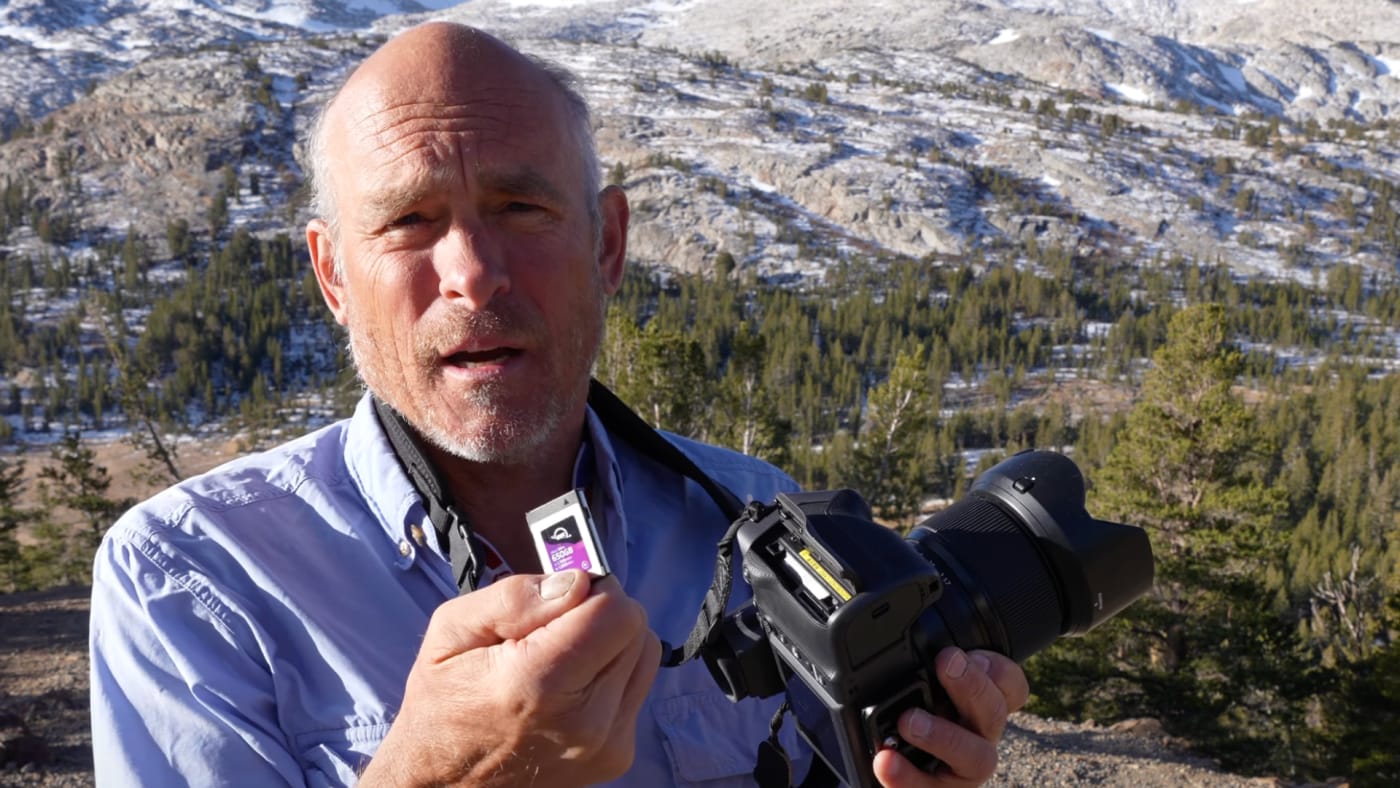Why and How You Should Be Using Both of Your Camera's Memory Card Slots
If your camera has two card slots, you should be making use of both. Here's why.
Lloyd Chambers • Nov 14, 2023

Many of today’s digital cameras offer dual card slots, increasingly a 2-slot combination of CFExpress Type B or A + SDXC. Some are still dual SDXC, but the same ideas apply.
I’m a professional photographer by trade. In the video below, I discuss how to effectively use dual card slots in digital cameras, particularly for minimizing the risk of image loss from accident/theft/etc, and why I do what I do when traveling for weeks at a time.
Key points
- Dual slots offer redundancy in case one card has an issue.
- High capacity cards mean no fumbling to swap out a full card, and thus, no risk of losing that card down a crack in the rocks or creek.
- A large-capacity secondary card allows for weeks-long shooting on extended trips.
- Theft of computer and/or backups from vehicle are backstopped by using high-capacity cards and not erasing until home and all is backed-up.
Professionals should be using pro-grade cards
Over the years, I’ve had too many well-known brand-name cards fail (corrupt images) or literally come apart at the seams. I now use OWC Atlas camera cards exclusively with impeccable reliability and speed, as well as a de facto factory-fresh reset via OWC Innergize.
My choice of cards for my work are the OWC Atlas Ultra and OWC Atlas Pro line, using the hyper-fast Atlas Ultra as the main/primary store (CFExpress Type B preferred), and a higher-capacity Atlas Pro SDXC as the backup card.
Lloyd’s photo web site is diglloyd.com, computers is MacPerformanceGuide.com, cycling and health are found at WindInMyFace.com, software tools including disk testing and data integrity validation at diglloydTools.com.
 USA + International
USA + International OWC Canda
OWC Canda OWC Europe
OWC Europe